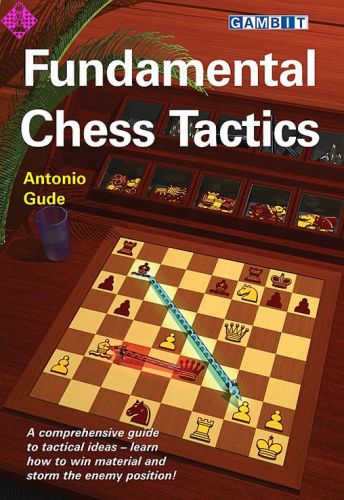
Here are some typical openings that arise after 1.e4 at club level. More tactical games - whereas playing 1.d4 takes you into a more strategicįor instance - you can drive down tactical lines with 1.e4. I was once advised that playing 1.e4 leads to

You will typically reach in the middle-game.Īs White you will have to decide upon whether or not you are an e4 or a d4 Respond with, I recommend drilling down into sub-variations either with aĬomputer or with a book to gain an understanding of the possible positions that use the Najdorf to travel down sharp and theoretical lines) Here are some examples of some very specific responses to 1.e4 that are It dependsĪs to what type of player you are as to which response you choose. If White plays e4 - then we can choose our favourite response. White gives up the exchange temporarily to gain a piece, namely the Black Bishop. The tactic employed after 20.Bbd7 is glaringly obvious to those that study tactics. What would you do if you had the opposing colour? This technique became a habit for me over the years, having played many club games and thrown them away by missing my opponent's threats! Fortunately, in this particular club game, my opponent was not thinking of what I could do tactically and succumbed to playing '* routine moves', hoping to play the game out with a one pawn advantage. You must of course put yourself in your opponent's shoes and look for their opportunities as if you were playing for them. It would be interesting to see how various masters handle these positions.This game proves that although it seems like there ought to be loads of tactical chances, on closer inspection after move 14.Qc6 it is difficult for White to actually gain any advantage! In fact, I think after move 18.dxe5, White potentially had this game lost! The idea in chess (for the unacquainted) is to think ' Checks' ' Captures', ' Threats' in any given position. Unfortunately my own computer knowledge is not great enough for me to know how to program a computer to do this kind of research. That is what I would look for using Artificial Intelligence. Also often entirely different openings lead to the same endgames. It is these repeating middle games that interest me. I cannot think of any specific variations off hand but I do know that often different opening variations lead to the same or similar middle game positions.


I don't about SCID or Chess Assistant, but Chessbase has their Opening Encyclopedia database. Some lines, like the Roy Lopez, have book moves close to 30 moves deep.

Perhaps look for variations with a minimum of 20 moves. Perhaps the OP needs to filter by length of the variation. looking for those positions that repeat most often.


 0 kommentar(er)
0 kommentar(er)
